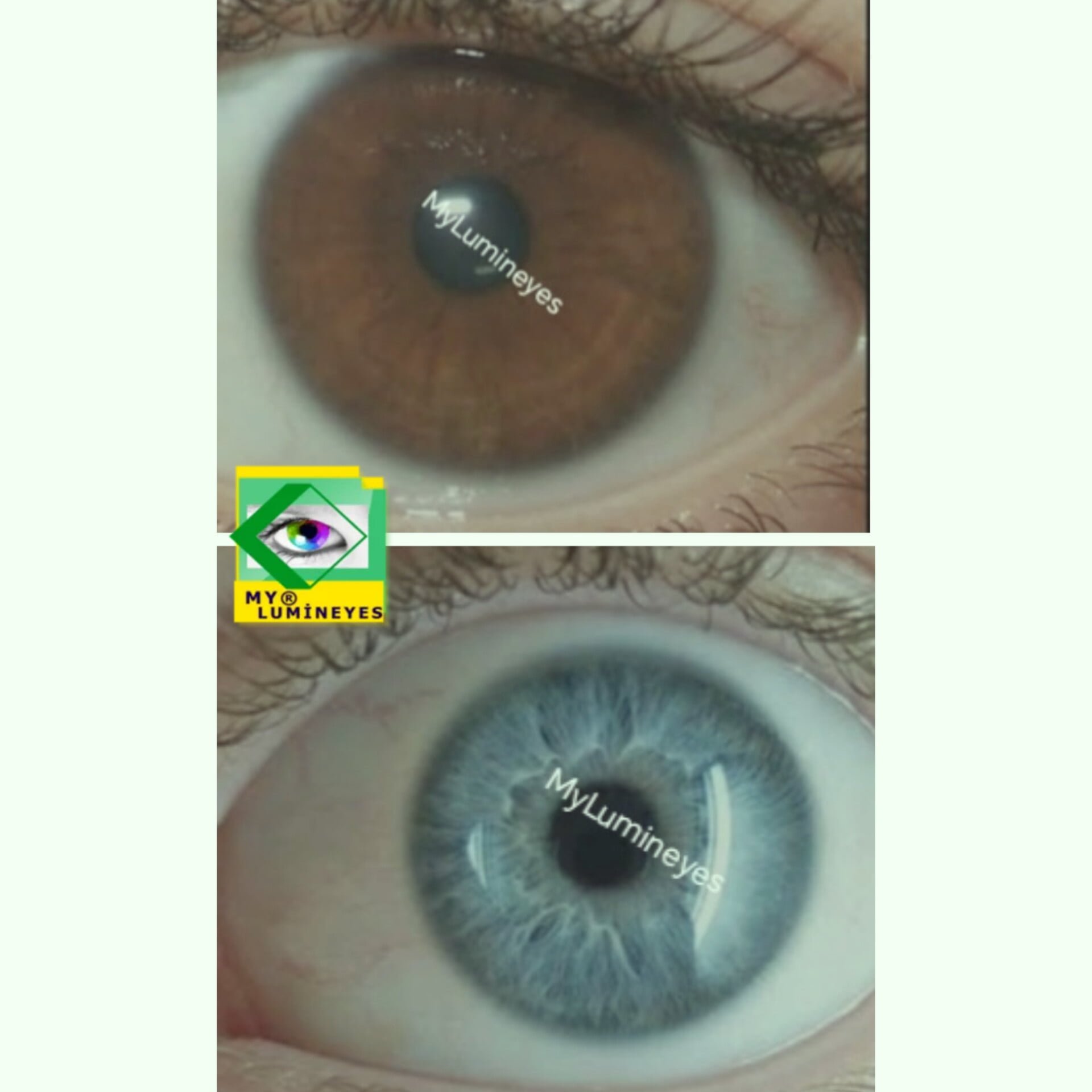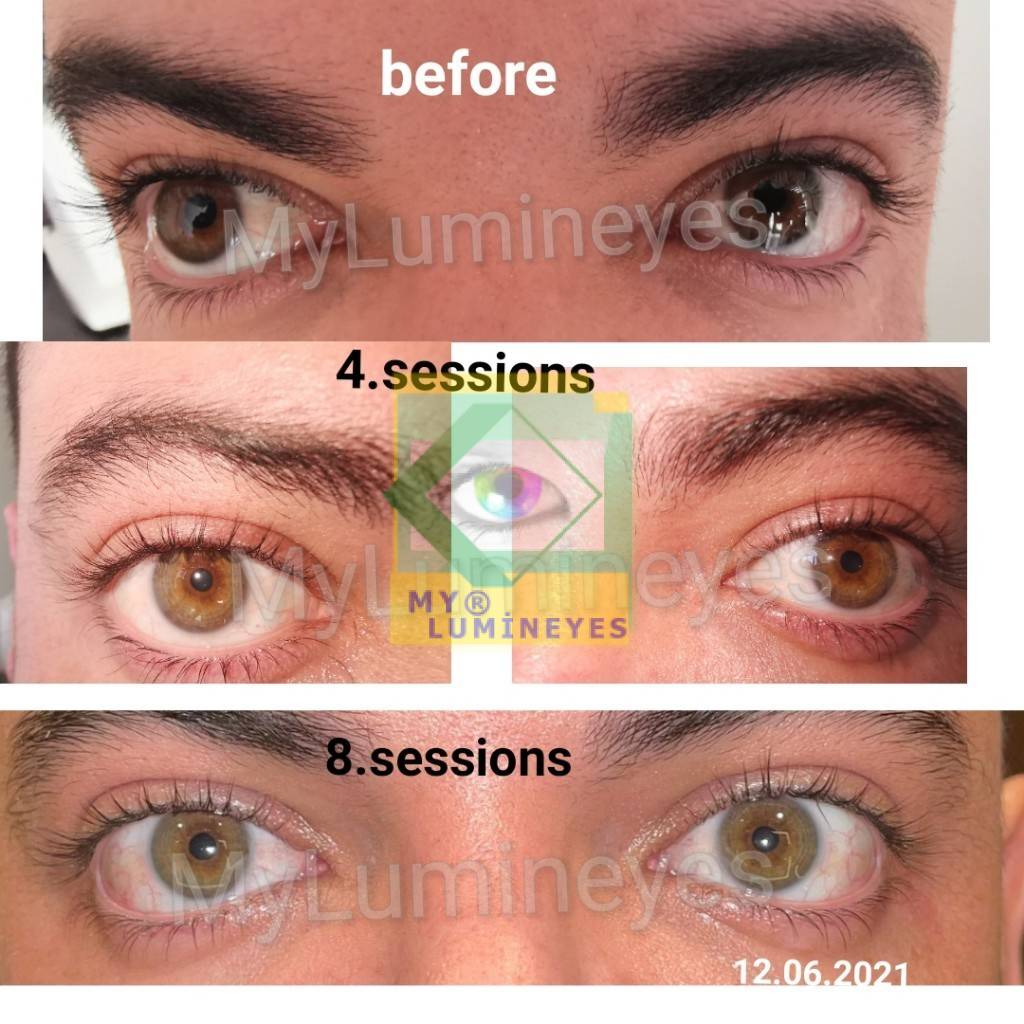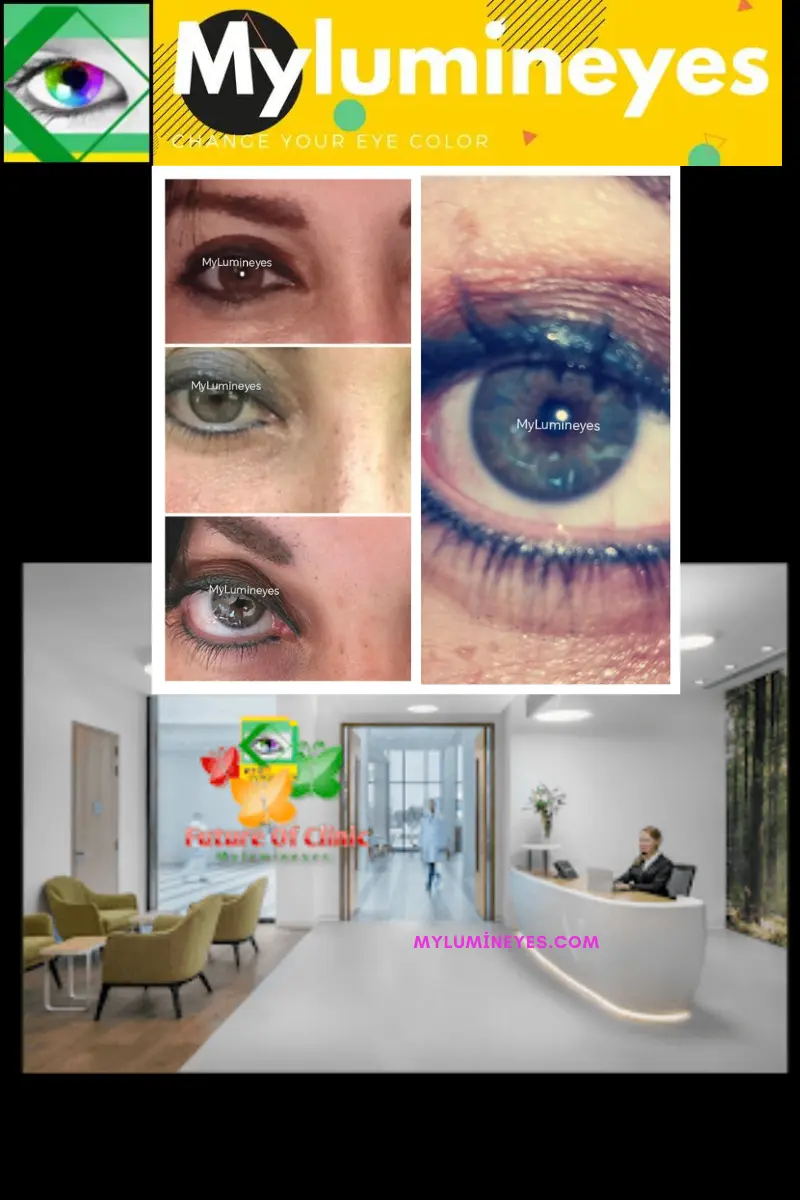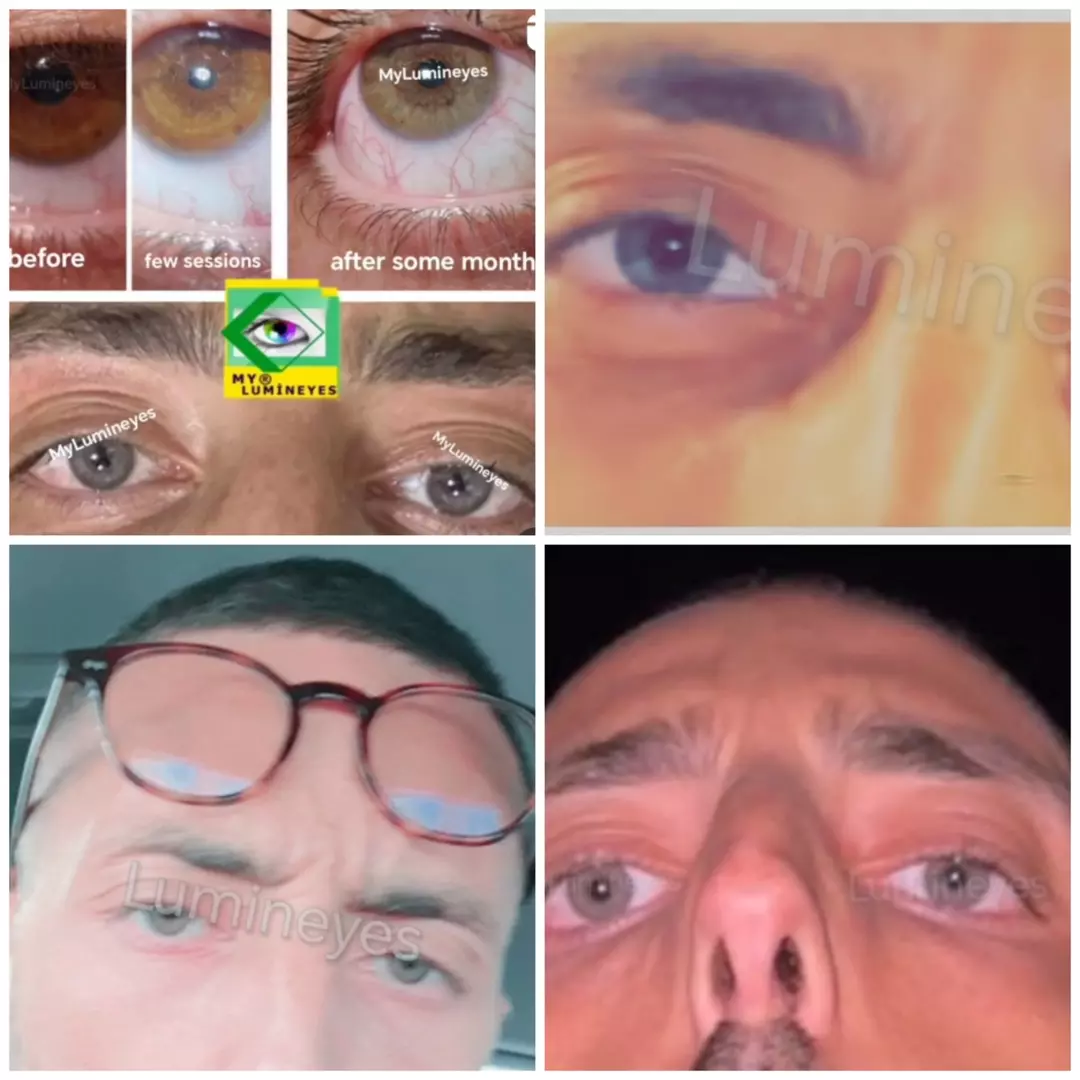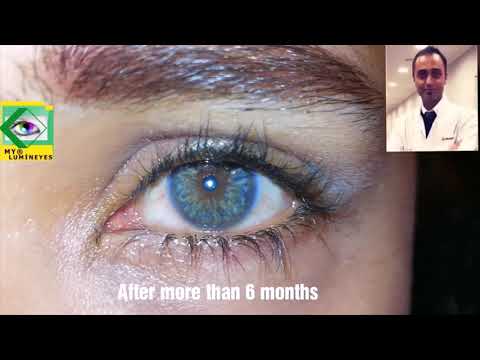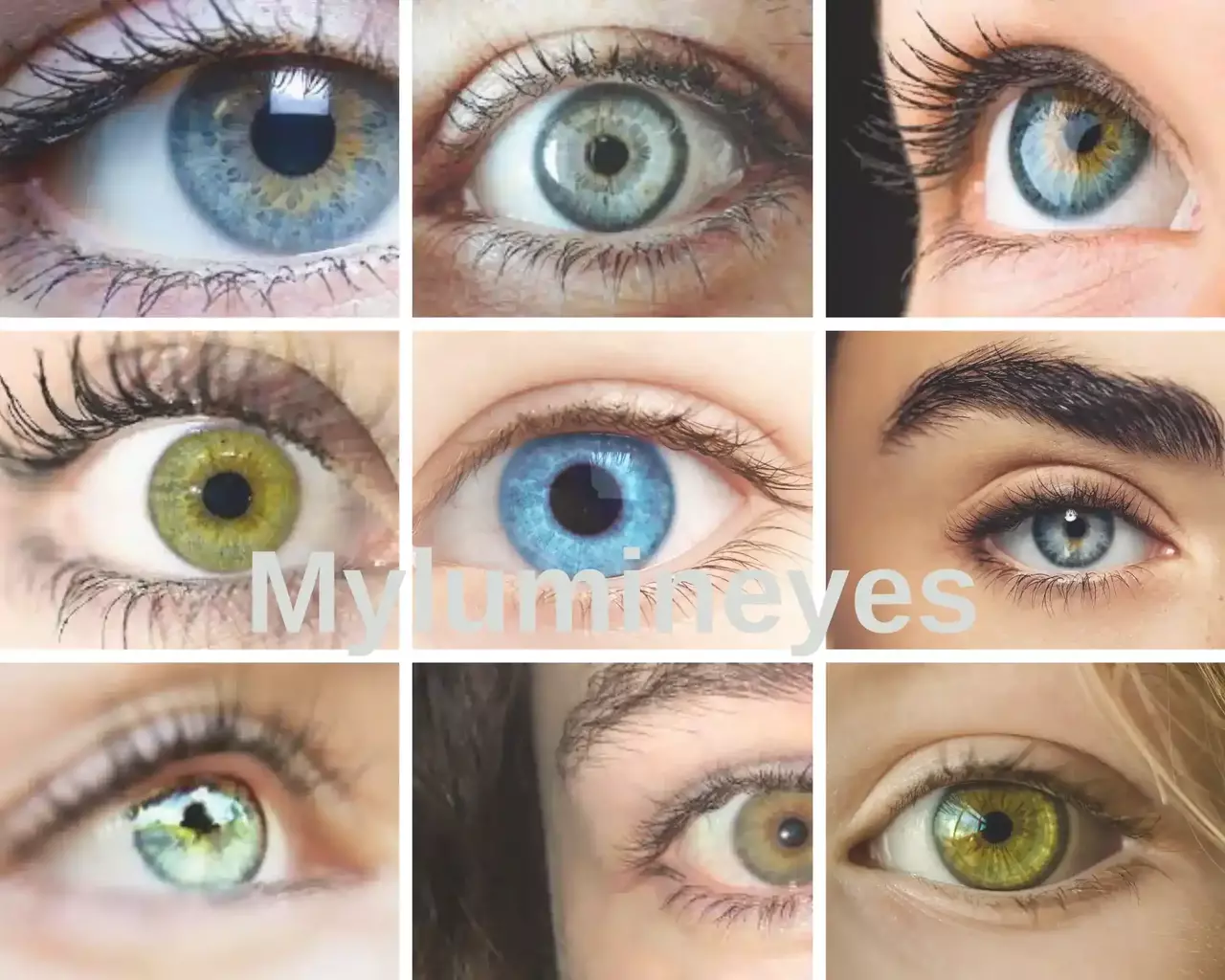Why does my eye color change?
Why does my eye color change? Changes in the pigmentation of the iris can be both intriguing and worrisome. By comprehending the factors that can lead to changes in eye pigmentation, one can ascertain whether the observed phenomenon is within the norm or necessitates consultation with an ophthalmologist. Remarkably, it’s not just babies’ irises that undergo a transformation in hue, although we disagree. Some researchers state that eye color change may occur in adults due to various reasons. The irises of individuals with light brown eyes have the potential to undergo a lightening process, resulting in a hazel appearance.
Conversely, individuals with hazel eyes may experience a darkening of their iris. Although changes in the pigmentation of the iris that lead to changes in eye color are not a common situation, there are researchers who argue that this may occur.
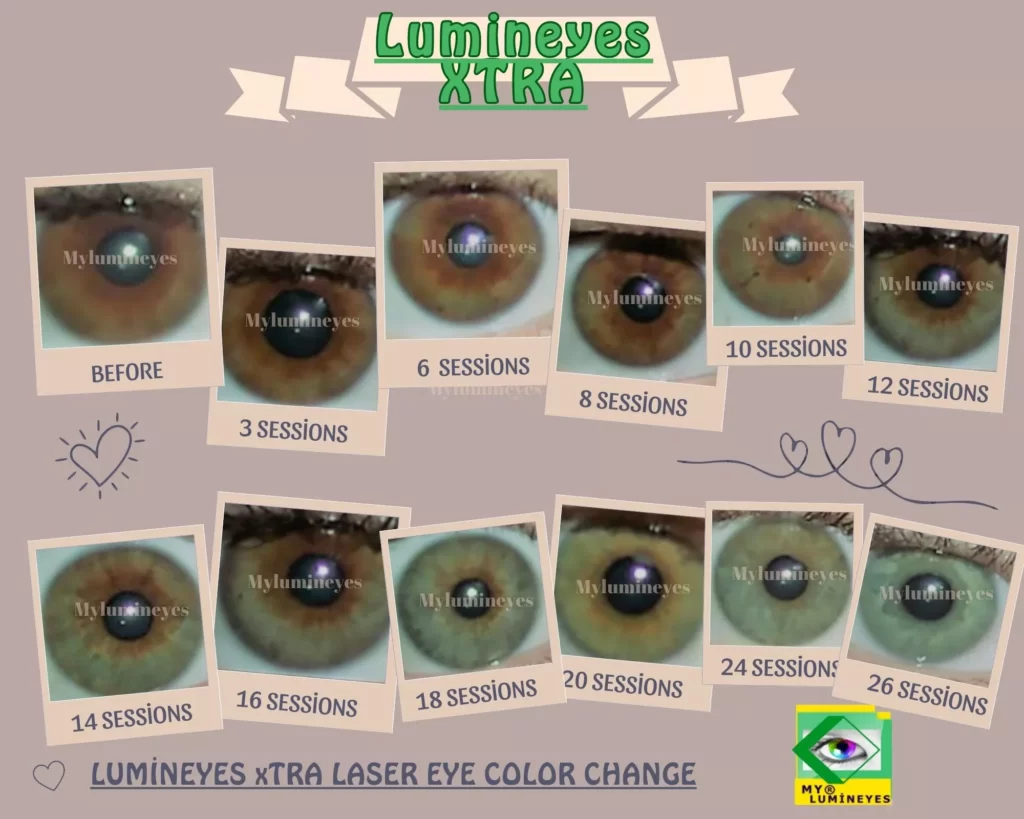
How do the eyes change color?
When a person’s pupils get bigger or smaller, it can change the tone of their eyes. Of course, this will only last for a short time. Eye color changes because of things outside of the eye; the tone of the color can go from darker to lighter depending on the situation. Lighting conditions, clothing, and other contextual variables often contribute to the variability in color perception. The change of the final quantity of pigment in the eye is the sole requisite for a change in eye color. What are the possible causes or factors that could have led to this occurrence?
The chromatic attributes of one’s surroundings, encompassing the luminosity and attire, have the potential to create a perceptual shift in the appearance of one’s ocular hue. The irises of individuals with brown eyes have been observed to exhibit variations in hue in response to varying lighting environments. For instance, they might show a lighter color when they are in direct sunlight and a darker shade when they are in the shade. The effect can be explained by the fact that brown eyes have more melanin than eyes of other colors. Thats why many people asked this question : Why does my eye color change?
The color of the eyes has the potential to undergo slight changes over time. It is a common phenomenon that the pigmentation of the iris in the majority of infants tends to intensify during the initial years of their life. During this period, the human body generates a comparatively darker biological pigment, commonly referred to as melanin. Changes in the size of the iris, whether it be dilation or constriction, may result in subtle changes in the pigmentation of the eye.
The most logical reason for an eye color change is a variation in the amount of pigment-producing protein produced.
There are several examples where alterations in the environment lead to differences in the synthesis of protein. Adulthood is a reasonable time for a person’s eye color to somewhat change.
- Prolonged exposure to sunlight has been observed to result in a slight darkening of the color of the eyes. It has been observed that a minor proportion of individuals of Caucasian descent experience a lightening eye color as they progress in age.
- Adult eye color variance may be influenced by environmental variables that can impact the genes responsible for determining eye color. Therefore, there are many cases when environmental influences influence the extent of gene expression. The recorded evidence clearly shows the influence of stress on genes that are vital for the functioning of the immune system.
- Typically, it is improbable for your eye color to alter. The occurrence of significant alterations in eye coloration may suggest the existence of an underlying problem. This discourse tries to explore the root reasons of different eye colors and the probable variables that might cause them to change.
- According to several ophthalmologists, a change in eye color does not happen spontaneously. The expression of one’s eye color on a given day is determined by a variety of external stimuli in combination with one’s genetic composition. Unless there are substantial and sudden alterations in the coloration of your iris, there is no need to worry.
The phenomenon of age-related changes in eye color that occur naturally
One of the frequently observed scenarios that results in changes in ocular pigmentation is observed in pediatric population. Newly born’s irises typically have a lighter or bluer hue. The primary cause of this impact is insufficient exposure to sunshine, which hinders the production of enough melanin in the eyes of newborns. Light stimulates the production of pigment, resulting in a modification of the color of your eyes.
As an individual ages, the concentration of melanin around the pupil rises, resulting in a darker appearance of the eye. Immediately following delivery, birthmarks on infants’ irises typically appear as a pale blue or gray color. As they age, their eye color often becomes more intense.
The genetic composition and the quantity of melanin in an individual’s body can be used to determine their eye color.
An empirical observation has revealed that a certain proportion of persons with Caucasian heritage undergo a transition towards a brighter eye color as they advance in age. This syndrome is caused by alterations or deterioration in the pigmentation of the iris.
Nevertheless, changes in eye color may transpire as an individual progresses in age. Individuals with lighter-colored eyes, particularly those of Caucasian descent, may experience a gradual lightening of their eye color as time passes. The gradual degradation of the pigment over a period of time leads to a reduction in its chromatic intensity.
Is it possible for the color of your eyes to vary in response to changes in mood?
It is possible to observe variations in the hue of one’s eyes, with occasional differences in shades of blue eyes, green eyes, or brown eyes. Have you ever contemplated whether affective states may occasionally influence one’s perception in a given moment? It is not scientifically supported that an individual’s ocular pigmentation can undergo a complete change in eye color, such as transitioning from blue to green or brown to blue, in response to fluctuations in emotional state. Why does my eye color change then? lets contniue to explain.
The size of one’s pupil changes in tandem with the fluctuation of one’s emotional state, resulting in a corresponding variation in the chromaticity of one’s iris. The human body produces oxytocin, a hormone, in reaction to various emotions such as happiness, sorrow, anger, excitement, and fear, causing the pupil size to vary. As a result, the dispersion or compression of pigments in the iris causes variations in eye color.
Why does my eye color change?
1- Variations in pupil diameter.
The dilatation of an individual’s pupils may produce a change in the pigmentation of the eyes. Observations have been made of the phenomenon of pupil size variations resulting in noticeable changes in eye color. When someone’s pupils dilate, a smaller portion of their irises becomes visible, making the remaining irises appear darker in comparison.
On the other side, if the size of one’s pupils diminishes, it is possible that the eye color will appear more bright.
This phenomenon can be attributed to the disparity between the dark eye color of the pupil and the adjacent iris. But this is not the only answer for : Why does my eye color change then?
2. What a person decides to wear.
Previous art education experiences have shown that complementary colors can complement each other. This phenomenon occurs at all levels of schooling, from elementary to college. The perceptual phenomenon is defined by the mix of red and green colors, which causes increased vibrancy in the reds and a greater sense of lushness in the greens.
This idea is also applicable to determining eye color. Chromophores in clothing, such as shirts, coats, ties, and scarves, can cause a temporary shift in the color of one’s ophthalmic iris. The color of one’s attire can influence how light or dark one’s eyes appear. Individuals with irises of lighter pigmentation may exhibit an optical phenomenon whereby their eye color appears to vary in response to the hues of clothing worn. The aforementioned phenomenon is a visual perception that arises due to the chromatic or illuminative environment in which the subject is situated.
3-Foods
According to popular belief, an individual’s dietary intake has a significant impact on their overall health, including ocular health. The pigmentation of one’s iris can be influenced by dietary intake. Frequently, the consumption of foods that are rich in iron can result in the enhancement of one’s eye color, whereas the ingestion of fish can amplify the intensity of the eye color.
4-Light conditions is can change your eye color
In bright environments, your eyes appear more colorful and vibrant, and in dark environments, your eyes appear darker and lifeless.
5-Uveitis
The principal manifestation of uveitis is photophobia and conjunctival hyperemia. However, the aforementioned medical condition has the potential to induce changes in the dimensions or configuration of your offspring’s pupil, thereby causing a discernible transformation in the appearance of their iris. If left untreated, uveitis has the potential to result in a loss of vision.
6-Ocular Trauma
Certain ocular traumas have the potential to alter the appearance of one’s eye color.
7-Pigment Dispersion Syndrome
The Pigment Dispersion Syndrome (PDS) is a medical condition characterized by the abnormal dispersion of pigment granules from the iris pigment epith The aforementioned ailment is characterized by the liberation of pigments from the iris, resulting in its atrophy and potential development of visual impairment and glaucomatous conditions.
8. Corneal pathologies
Scars and discoloration occur in the cornea, which is the transparent front part of the eye, due to a number of pathological conditions such as diseases, infections, swelling, and accidents. As you know, the cornea forms a transparent eye on the iris, and its transparency will directly affect the color of the iris.
9-Drugs
Color of the eyes after pharmaceutical therapy. A darker hue of eyes has been linked to some drugs’ ability to cause an iris pigmentation alteration. The medicine’s produced chromatic modifications could be permanent.
10-Heterochromia disease
An eye with heterochromia is one in which there is either a discrepancy in colouration or the presence of several colours.Most of the time it doesn’t result in any problems. Genetic mutations or abnormalities in development throughout the maturation of the visual system are common causes of ocular malformations. Occasionally, it may serve as an indication of an underlying medical ailment.
Is it possible to change the natural color of your eyes through non-invasive way?
Regrettably, the answer is negative if you mean food, mood, subliminal messages, drops, etc. However, “Lumineyes,” a non-invasive or non-surgical treatment for changing eye color, is also a viable option. Genetic factors also determine the coloration of one’s iris, similar to the hereditary nature of hair and skin pigmentation. We can infer that achieving a permanent change in my eye color requires a breakdown of their genetic code or cell structure, as surgical intervention is not an option.

